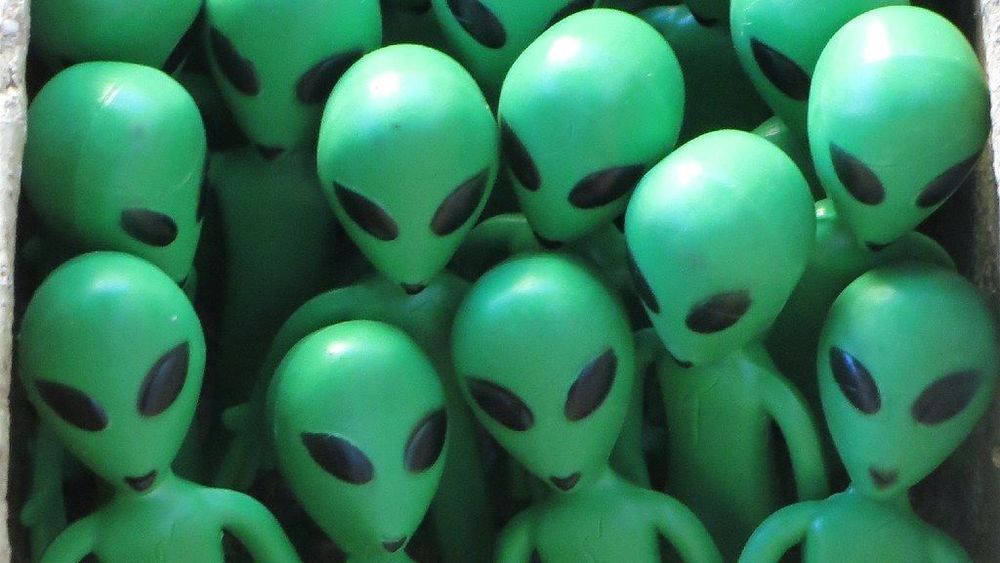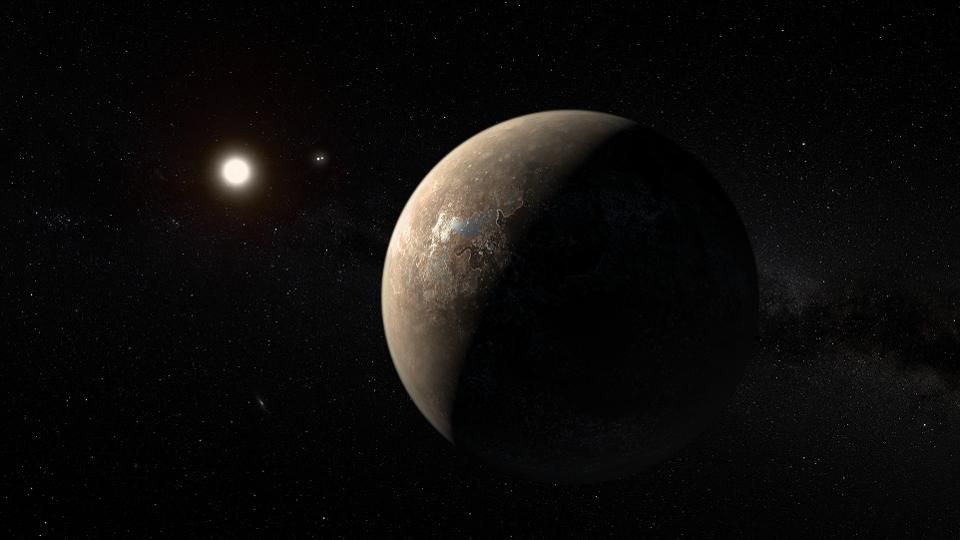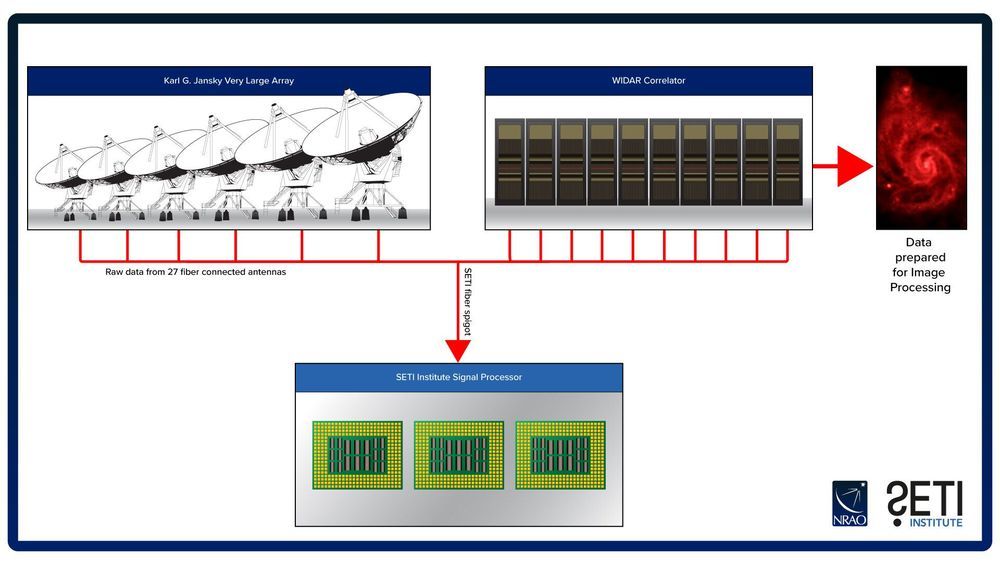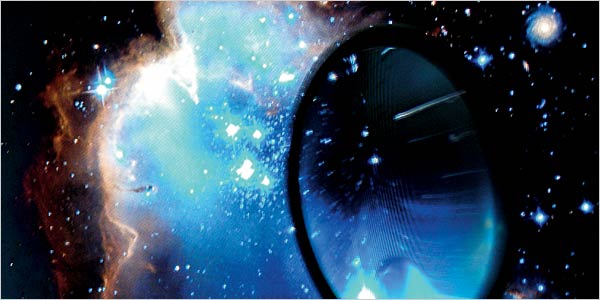Circa 2002 4 lines of code to solve everything.
… But first it cracked him. The inside story of how Stephen went from boy genius to recluse to science renegade.
Word had been out that Stephen, the onetime enfant terrible of the science world, was working on a book that would Say It All, a paradigm-busting tome that would not only be the definitive account on complexity theory but also the opening gambit in a new way to view the universe. But no one had read it.
Though physically unimposing with a soft, round face and a droll English accent polished at Eton and Oxford, had already established himself as a larger-than-life figure in the gossipy world of science. A series of much-discussed reinventions made him sort of the Bob Dylan of physics. He’d been a child genius, and at 21 had been the youngest member of the storied first class of MacArthur genius awards. After laying the groundwork for a brilliant career in particle physics, he’d suddenly switched to the untraditional pursuit of studying complex systems, and, to the establishment’s dismay, dared to pioneer the use of computers as a primary research tool. Then he seemed to turn his back on that field. He started a software company to sell Mathematica, a computer language he’d written that did for higher math what the spreadsheet did for business. It made him a rich man. Now he had supposedly returned to science to write a book that would make the biggest splash of all.








